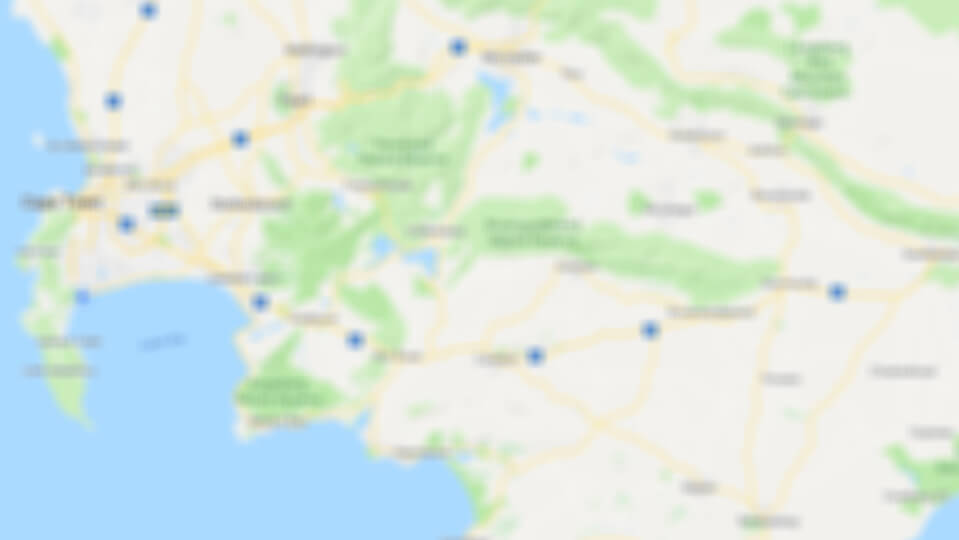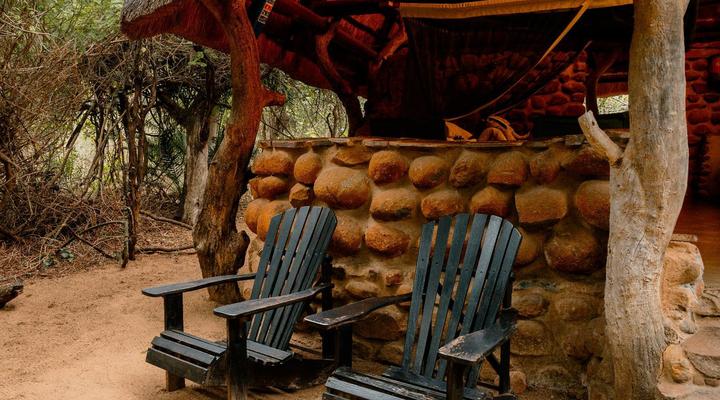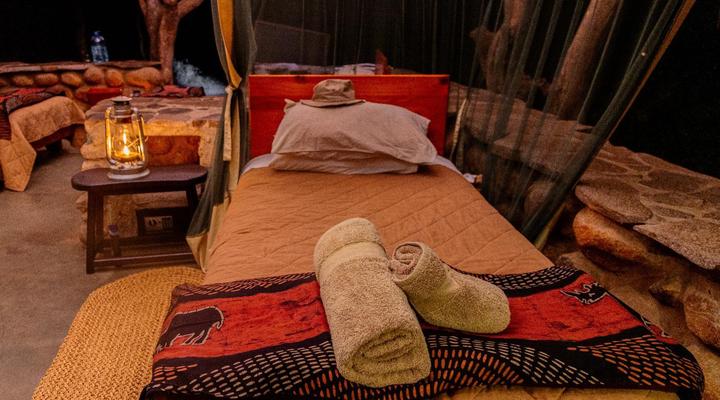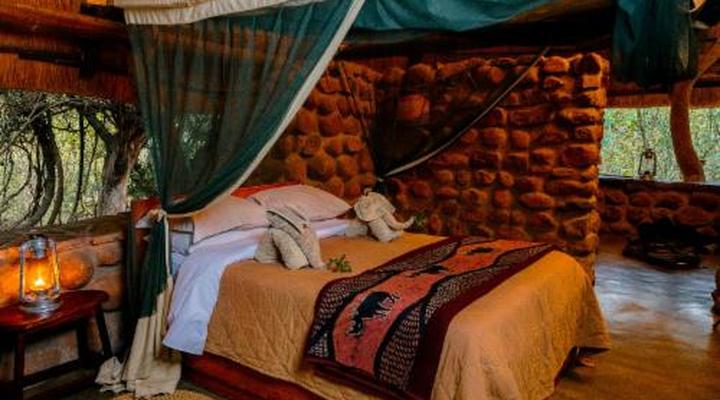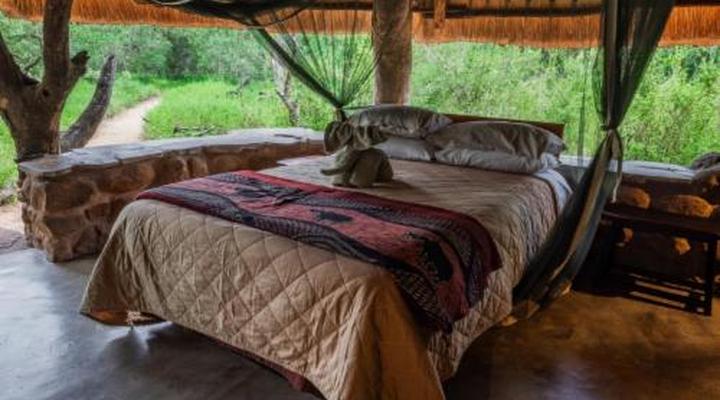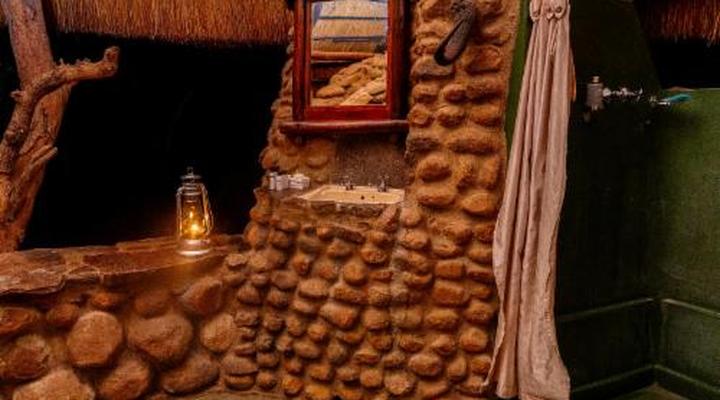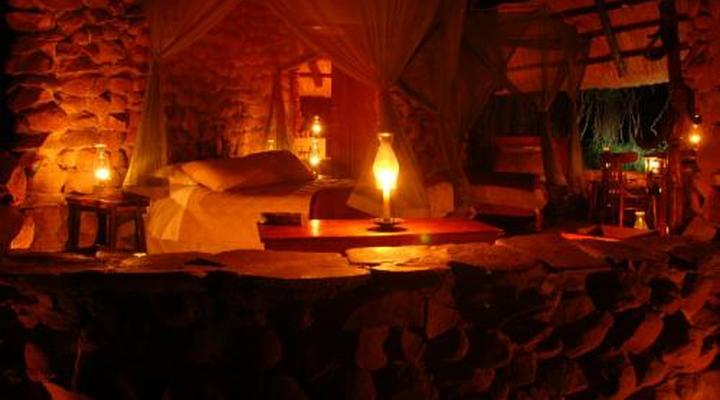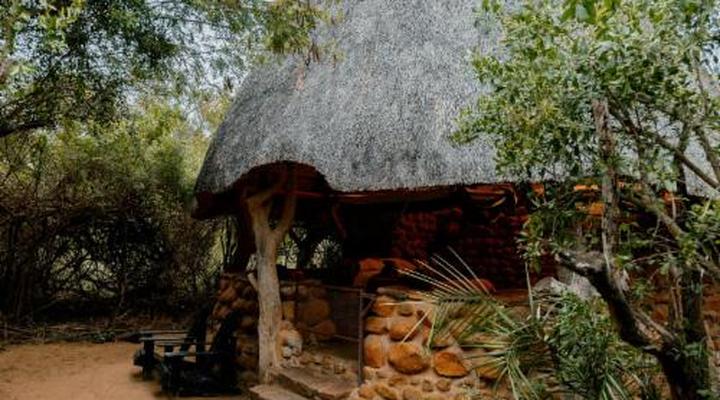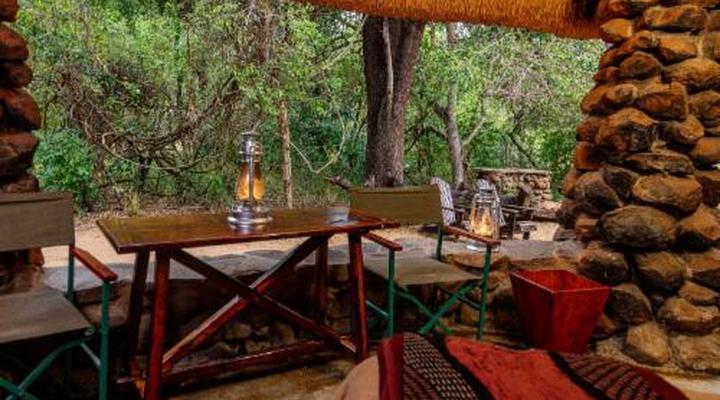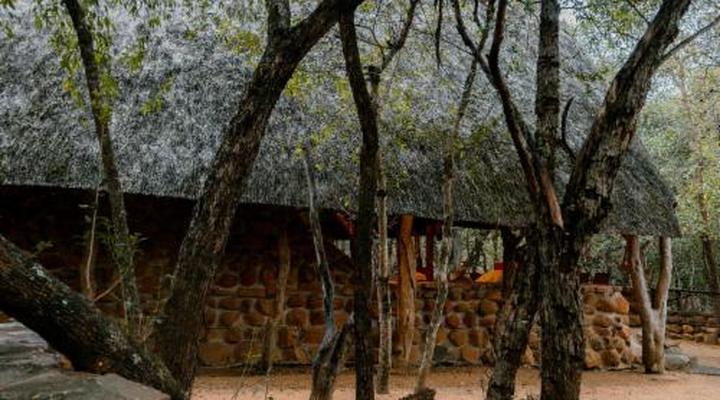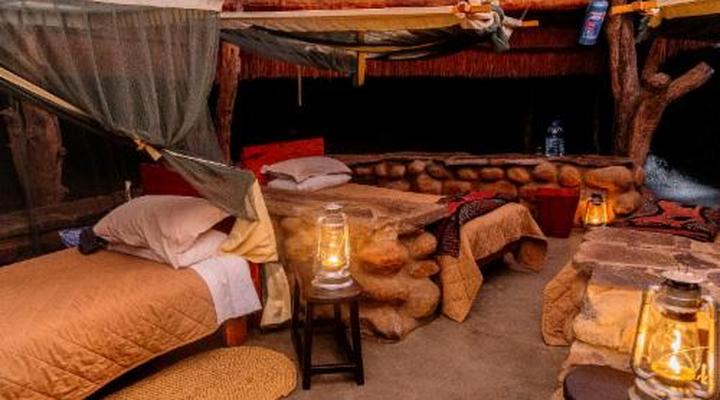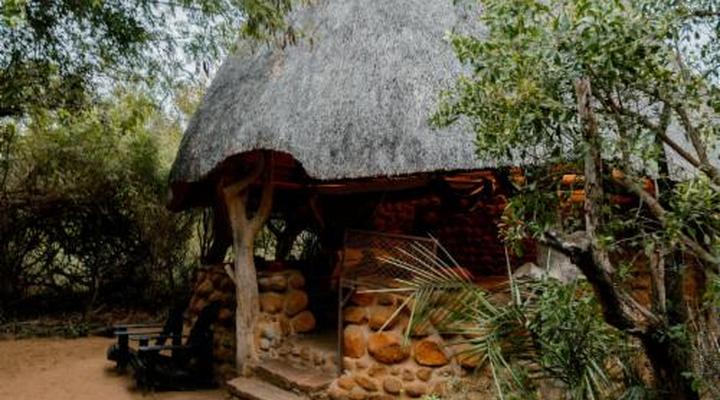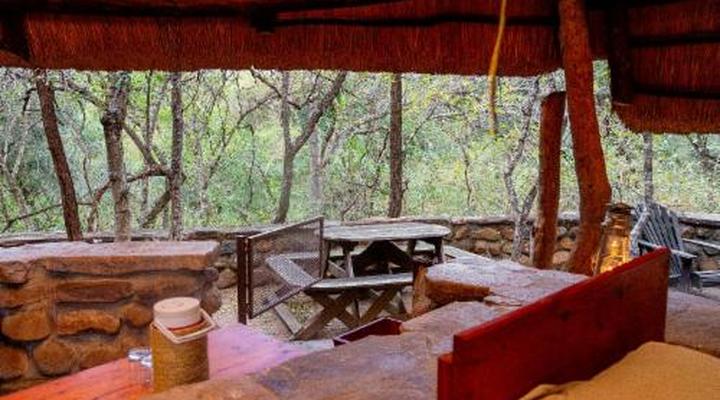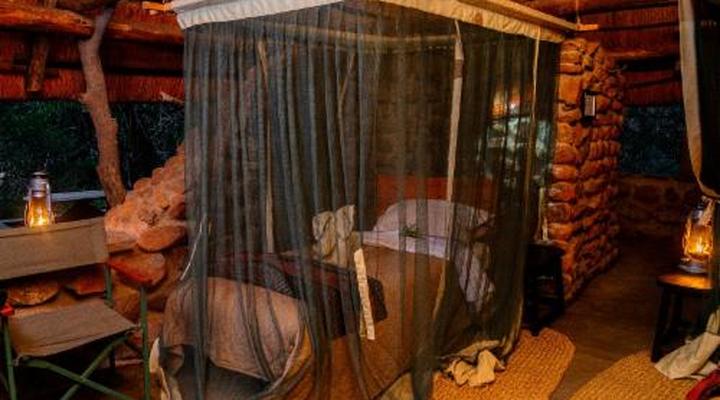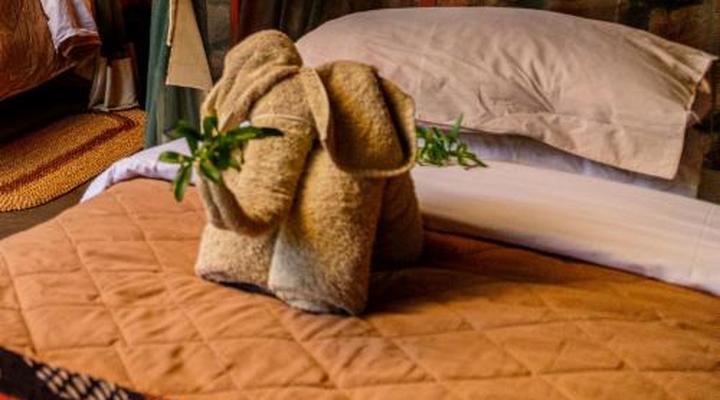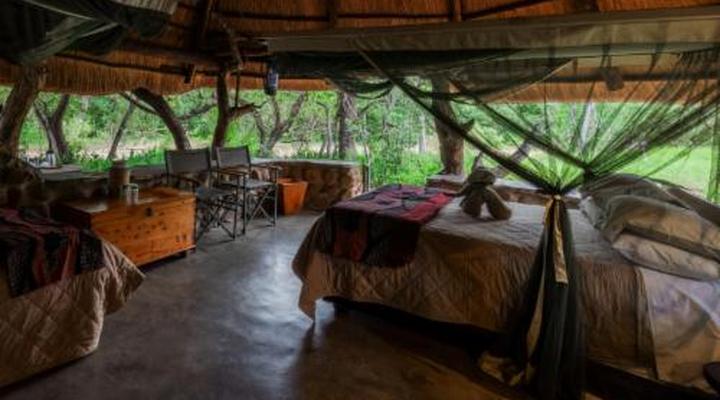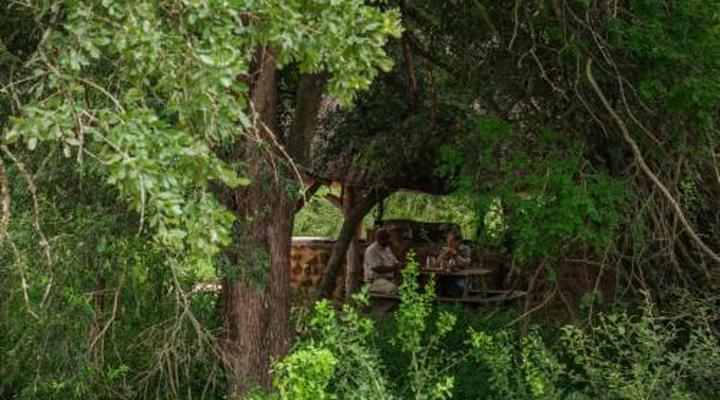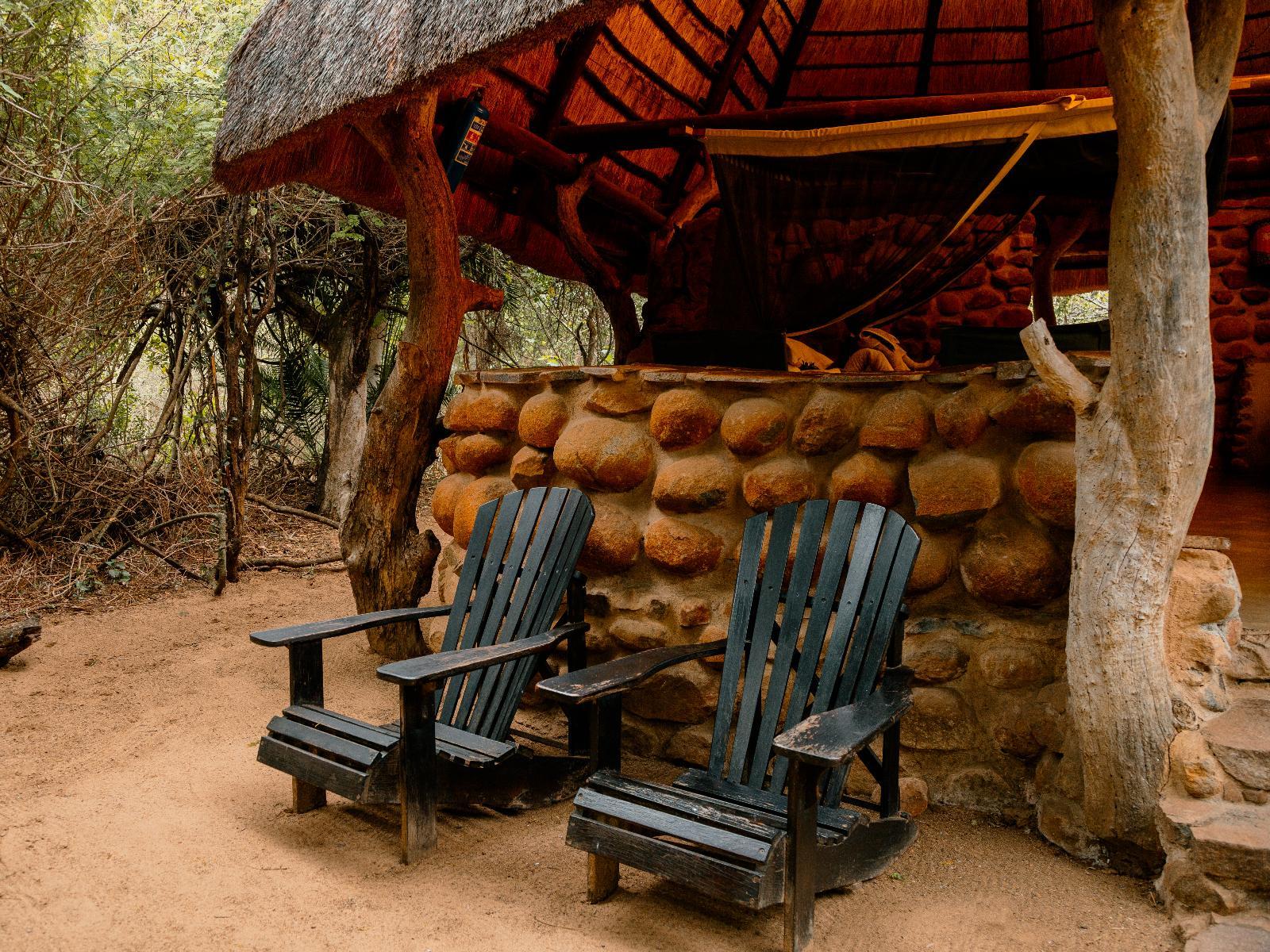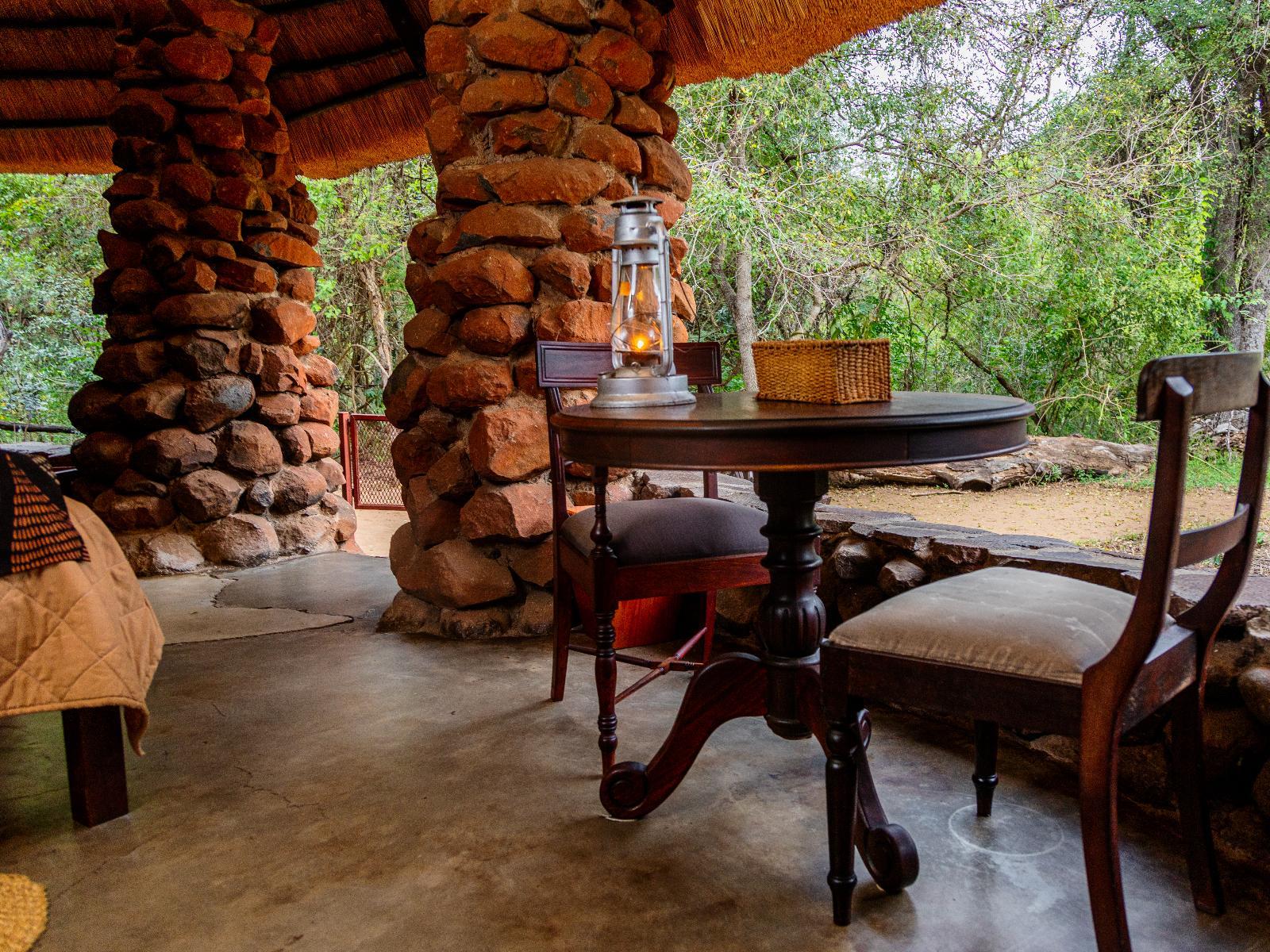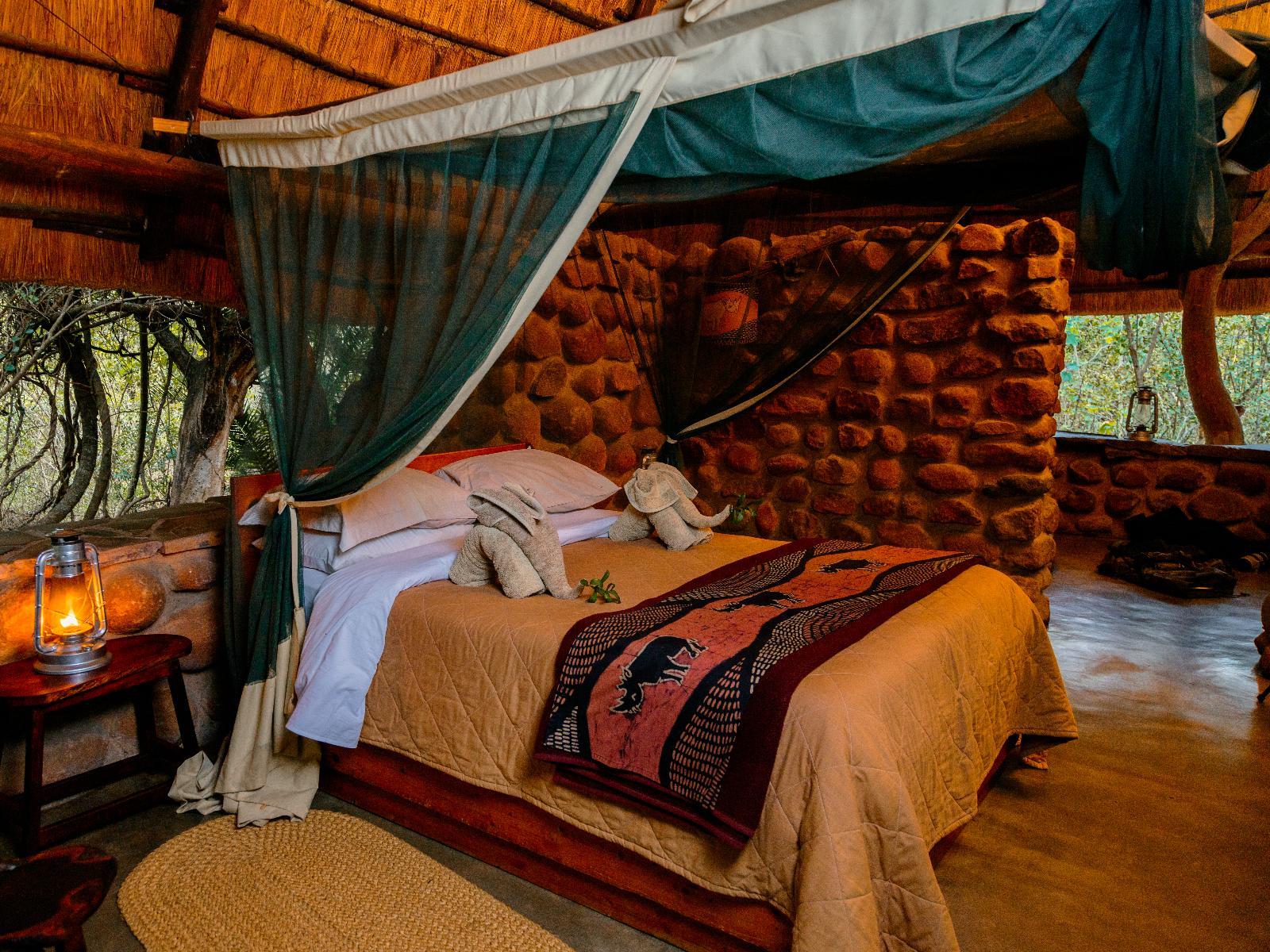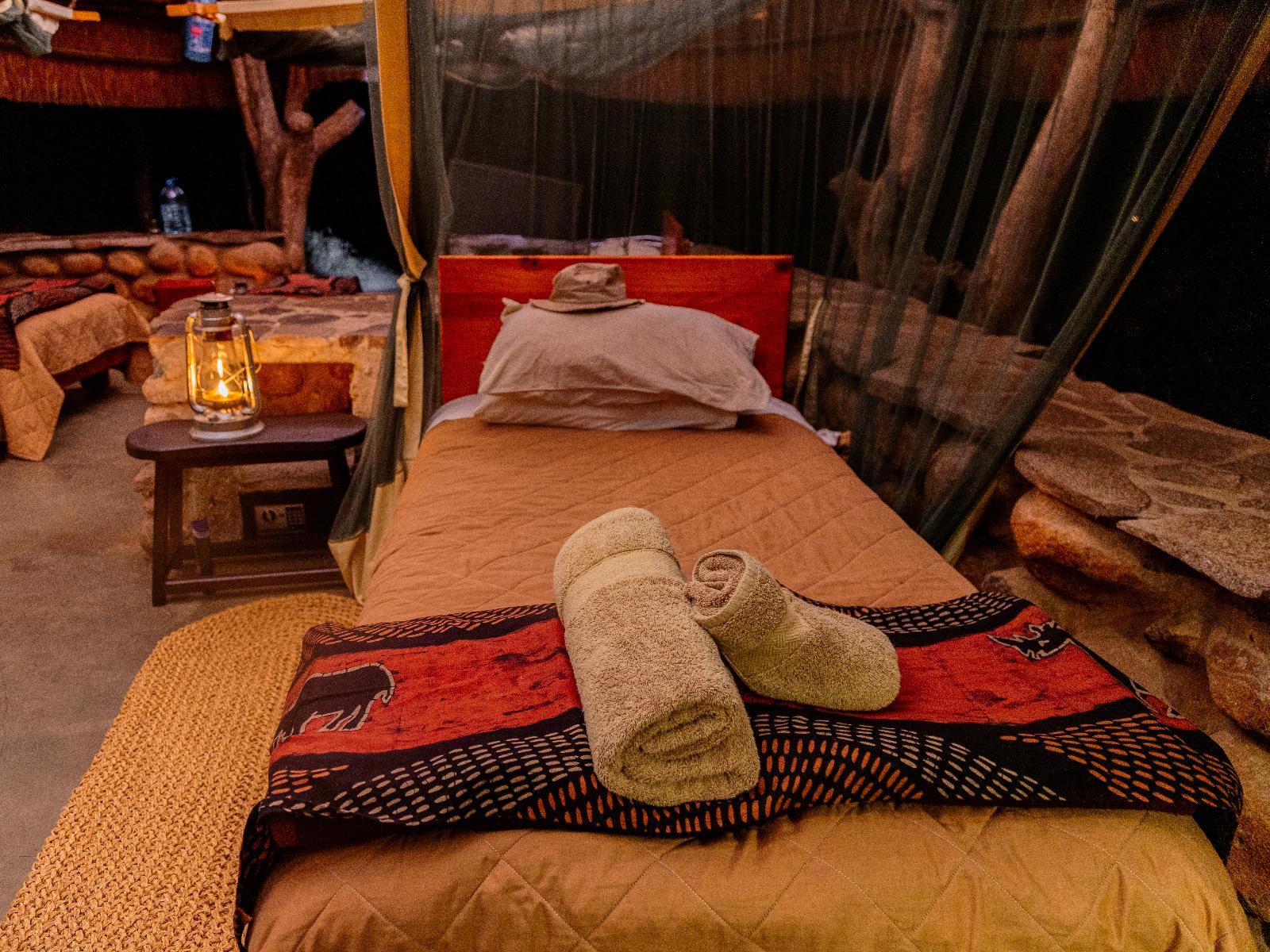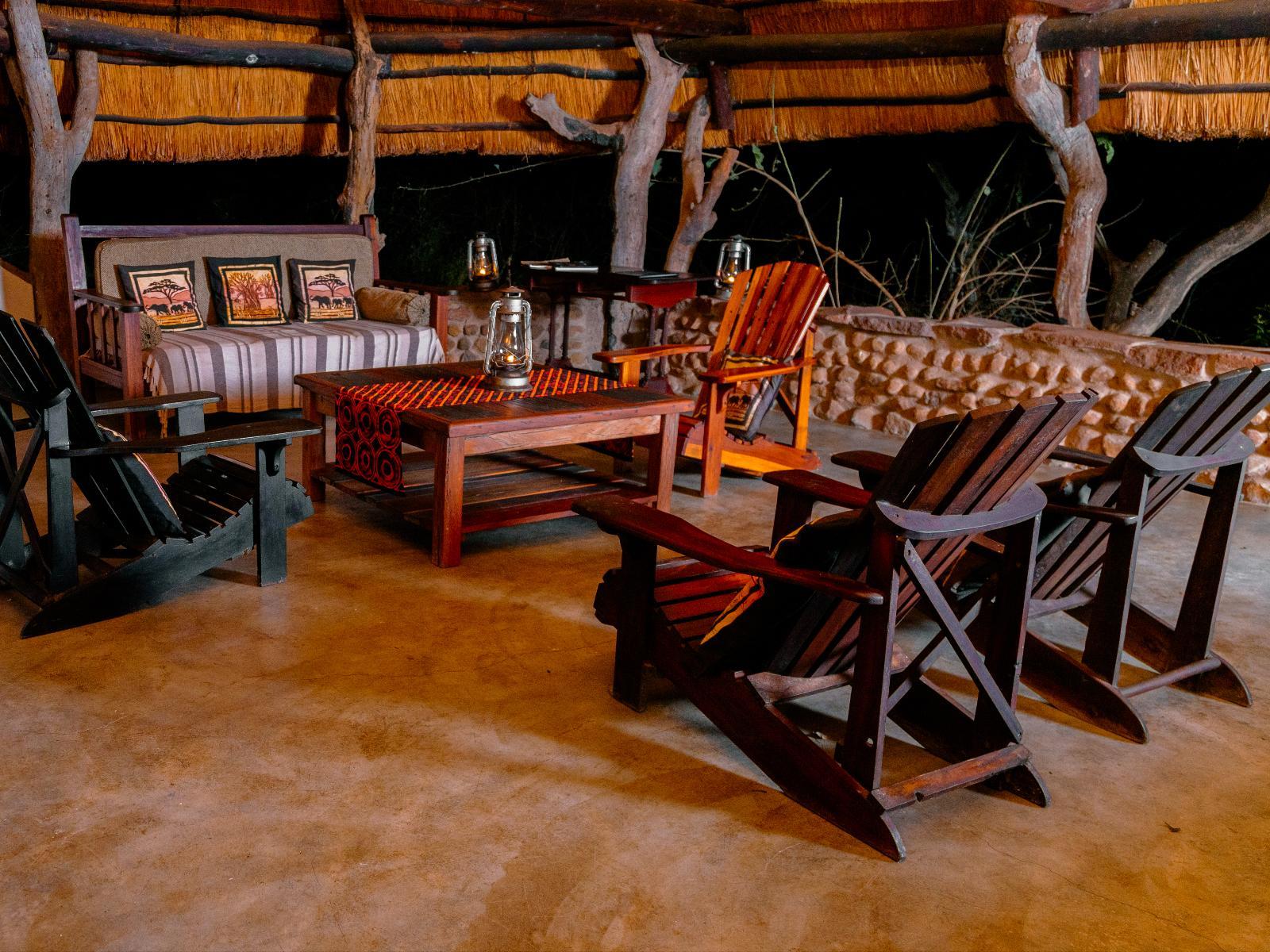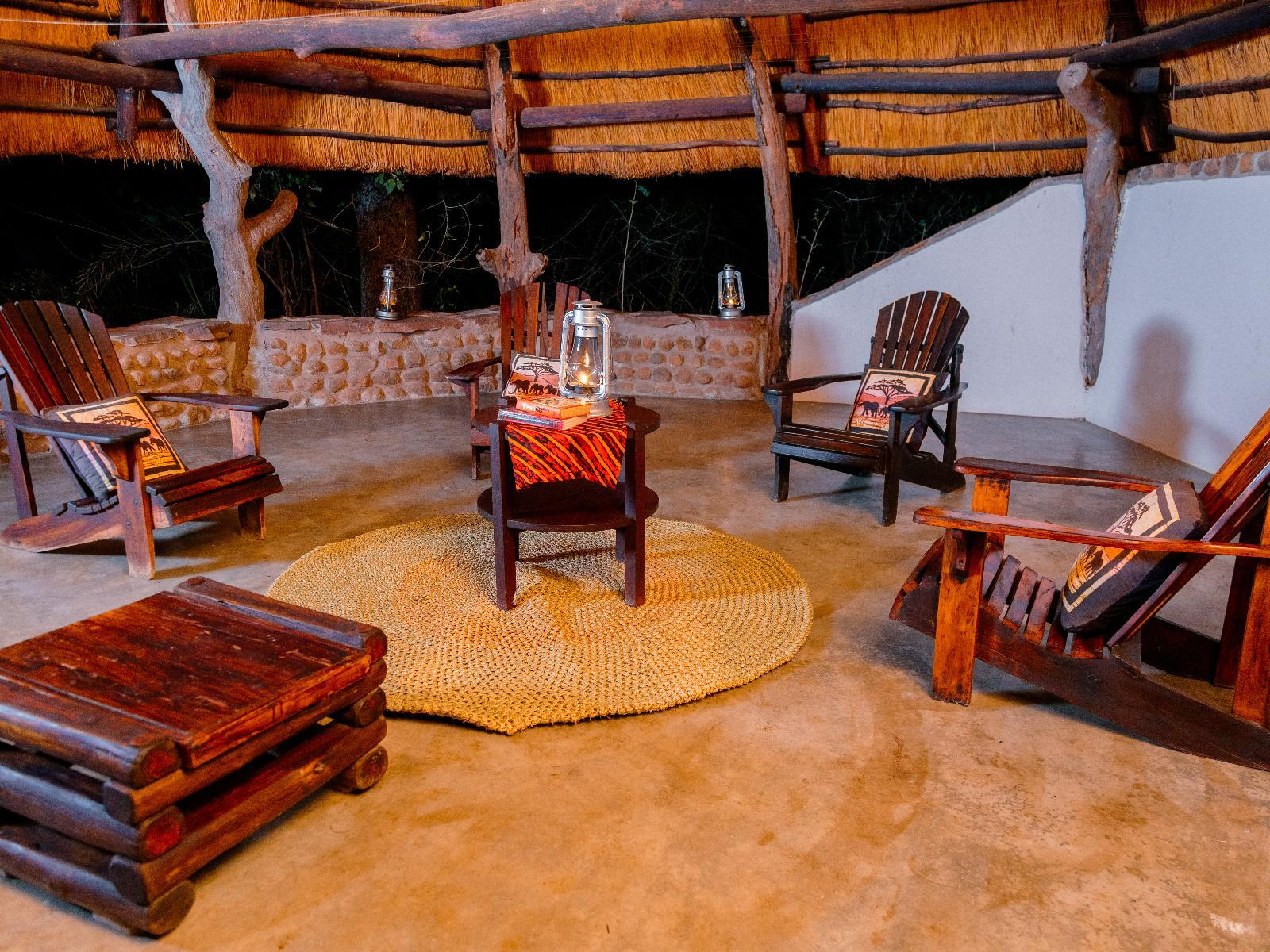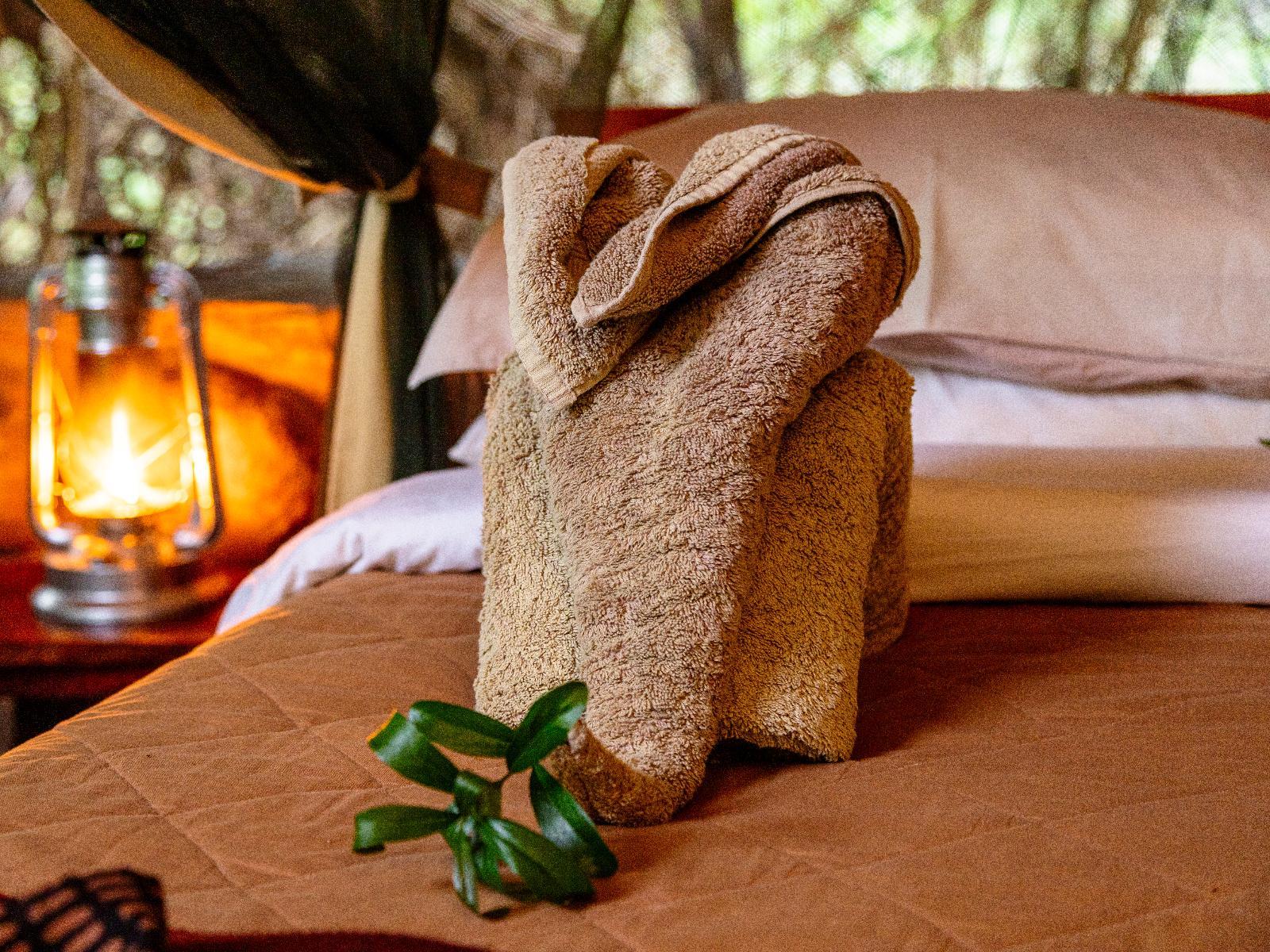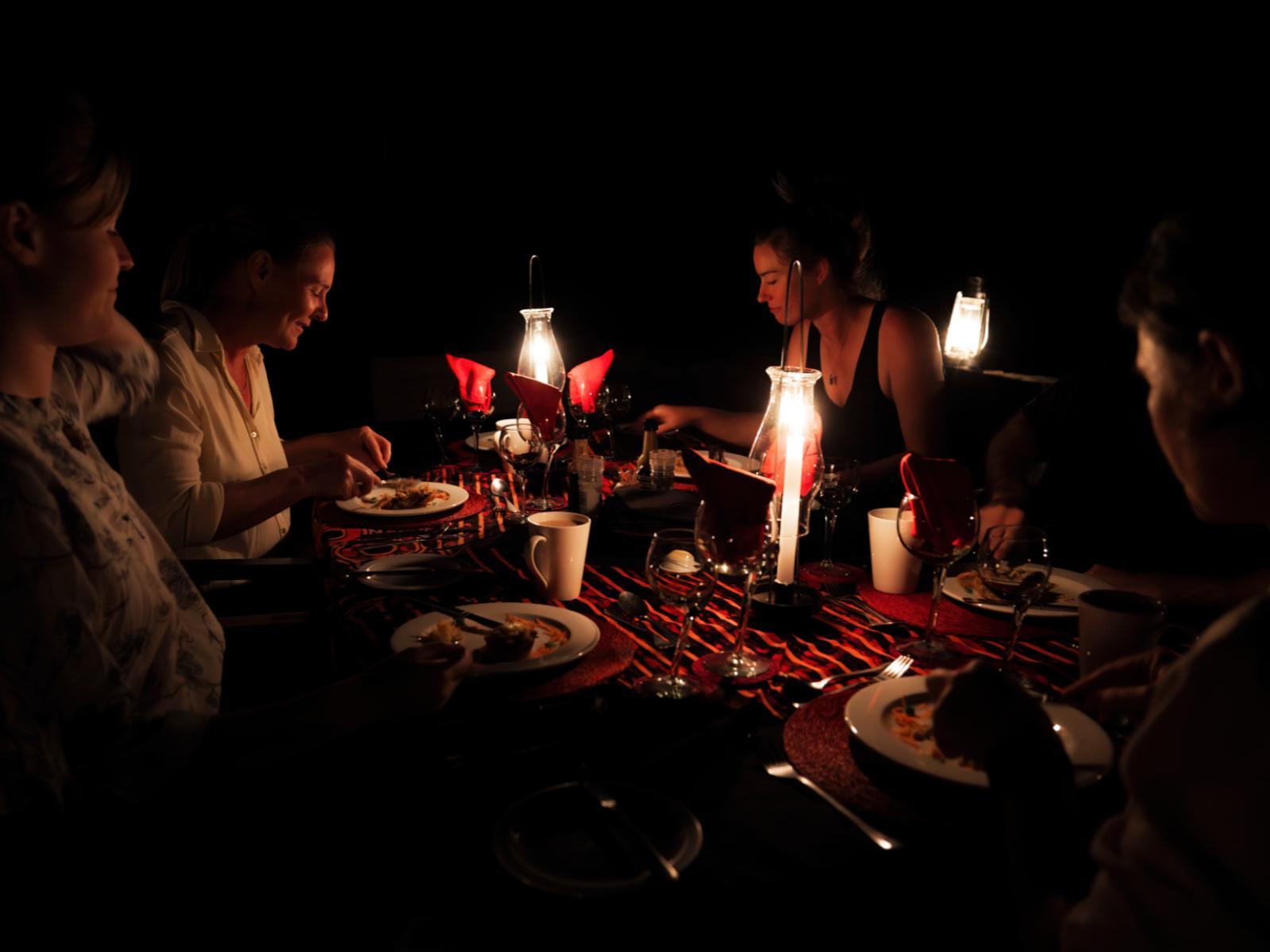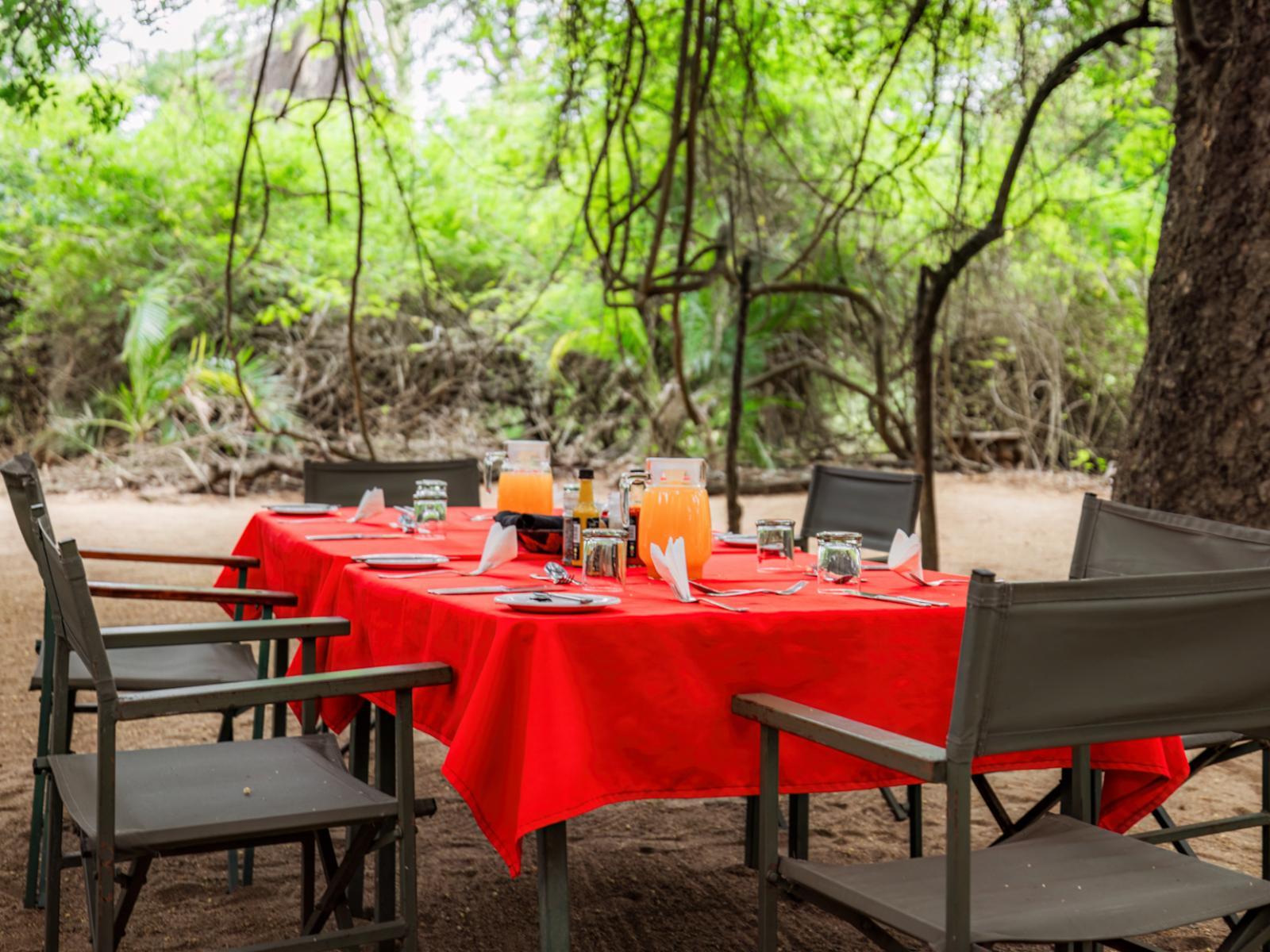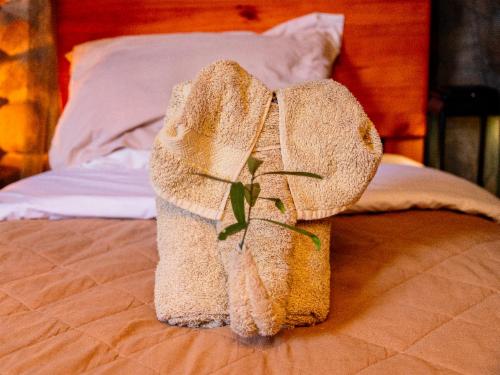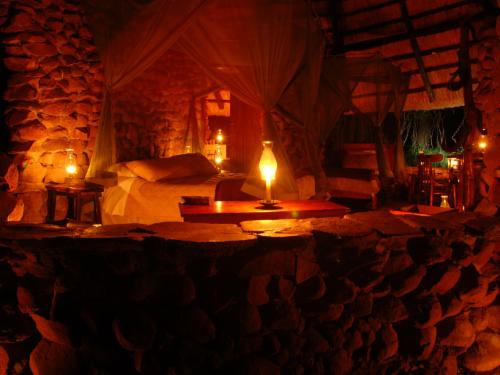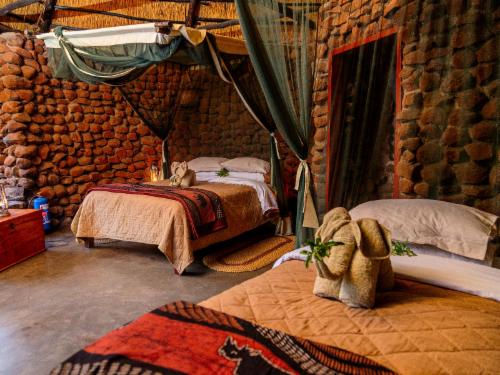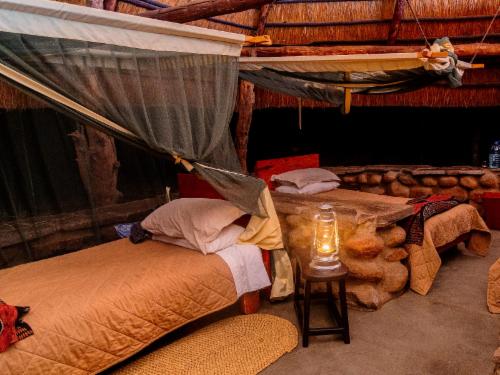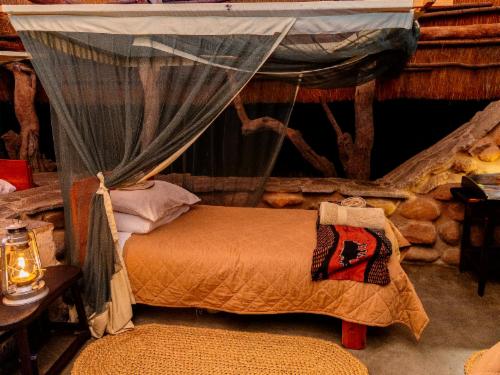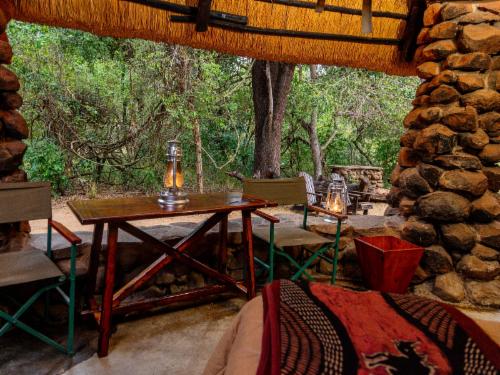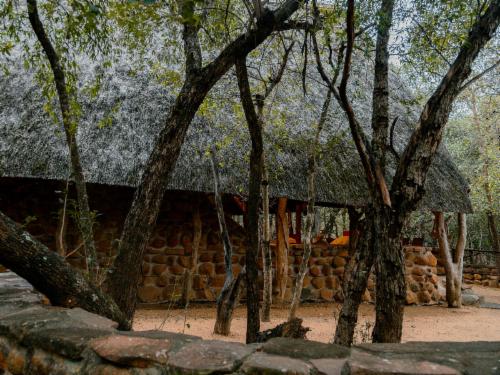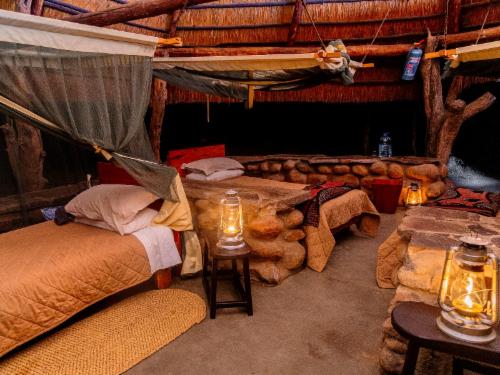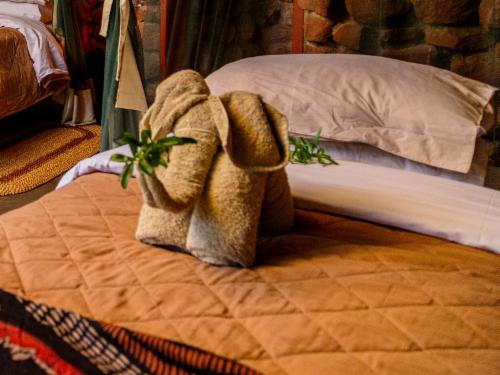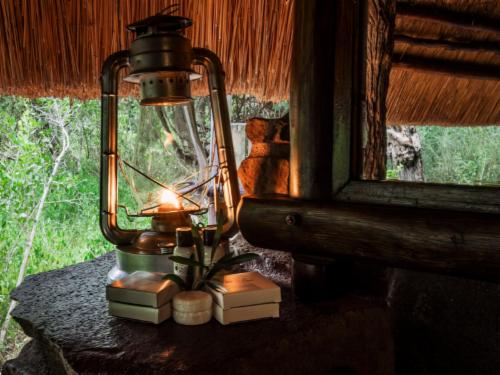In the southeast of Swaziland, the heart of the Lowveld lies an unspoilt wilderness, haven to endangered species who roam the magnificent African bush. For the animals that once roamed wild and free, uninhibited by fences and boundaries, they faced and still face an uncertain future with man’s compulsion toward maximum yield, poaching and lack of ignorance toward nature conservation and protection of our natural heritage. The once abundant animals that could be seen for miles around were, and some still are, close to extinction. It became clear to the Reilly Family, Swaziland’s foremost nature
In the southeast of Swaziland, the heart of the Lowveld lies an unspoilt wilderness, haven to endangered species who roam the magnificent African bush. For the animals that once roamed wild and free, uninhibited by fences and boundaries, they faced and still face an uncertain future with man’s compulsion toward maximum yield, poaching and lack of ignorance toward nature conservation and protection of our natural heritage. The once abundant animals that could be seen for miles around were, and some still are, close to extinction. It became clear to the Reilly Family, Swaziland’s foremost nature conservationists, which these animals needed a place of refuge, and tranquility and the absence of menacing man and his gun, and Mkhaya was the perfect place.
Laid out along the banks of a dry riverbed, is Stone Camp where the vegetation comprises of tall fig, leadwood, sausage and knobthorn trees, with a lush under-canopy giving it a year-round subtropical appearance. Bird life in the camp is a special feature with many species of robin, purple-crested lourie, narina trogan and pink-throated twinspots among the special treats. Smaller game such as warthog visits the camp whilst the big game, such as elephant, is kept at bay outside the camp by a three-strand electric cordon.
The camp is comfortable, quiet and relaxing and a welcome retreat after a day out in the burning sun. The camp is known as Stone Camp due to the dolerite rocks used in the construction of the semi-open stone and thatch cottages. This unique style accommodation in its primeval setting offers visitors the opportunity of really getting back to nature. All twelve units are laid out individually in the riverine forest overlooking the dry riverbed, linked by central and branch pathways surfaced with river sand and lit at night by paraffin lanterns as the camp has no electricity. Each unit is very private due to the thick vegetation, though some units are close enough together for use as an extended family unit. The entire internal structure of these cottages, although veilded for privacy, is open to the external bush, which gives visitors a unique, true bush experience.
As a refuge of endangered species with an intensive breeding project for re-establishing scare species in Swaziland, Mkhaya offers superb photographic opportunities to game enthusiasts. Mkhaya currently supports four of the Big five with Leopard, Buffalo, Elephant and black and white Rhino being present on the reserve. Mkhaya provides tourist with probably their best chance of seeing Black Rhino in the wild in Africa today. Please note no children under 10 years allowed.
Read more






